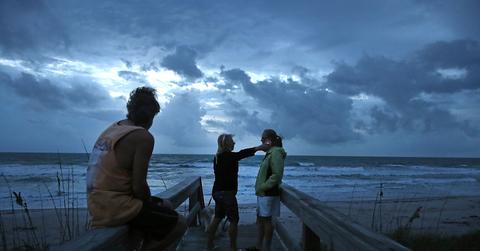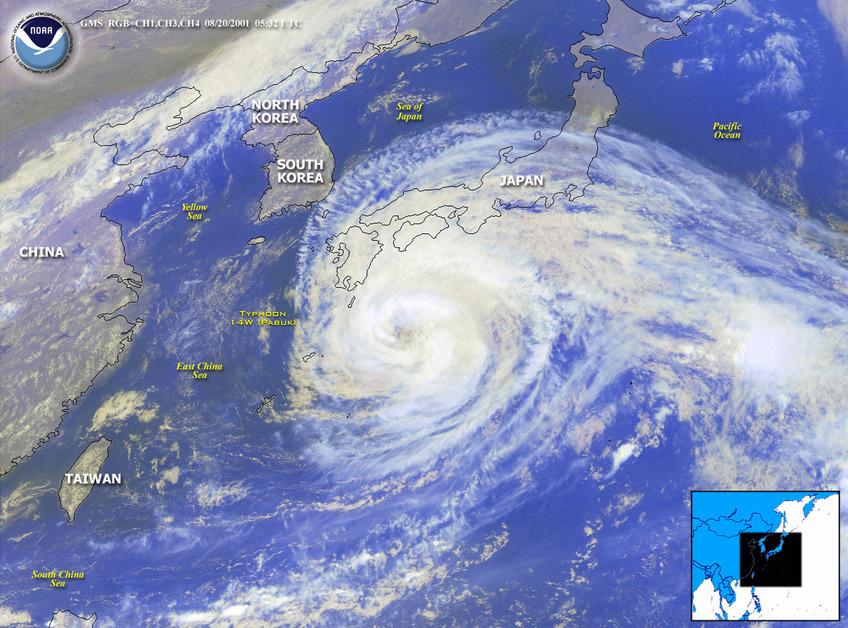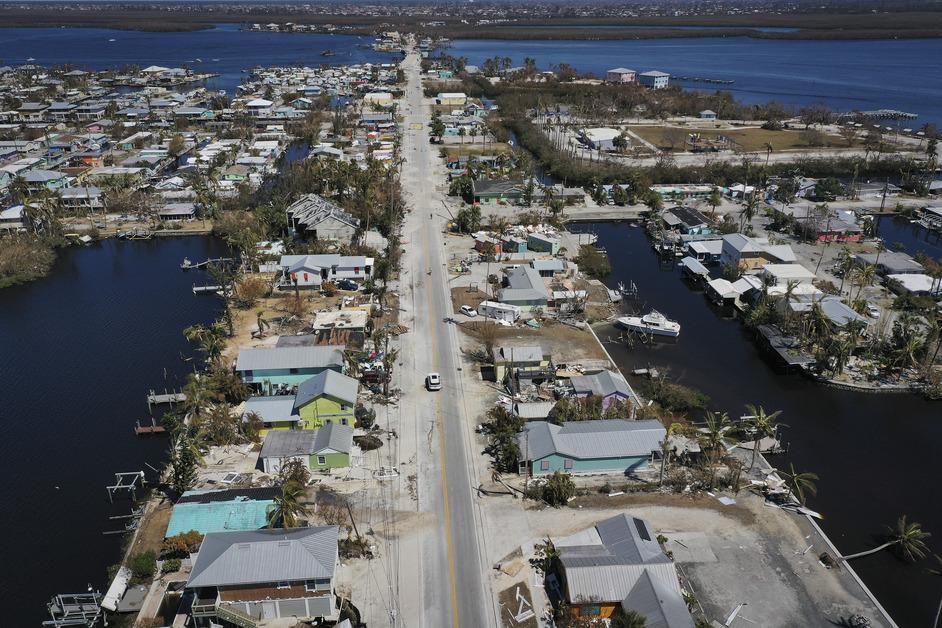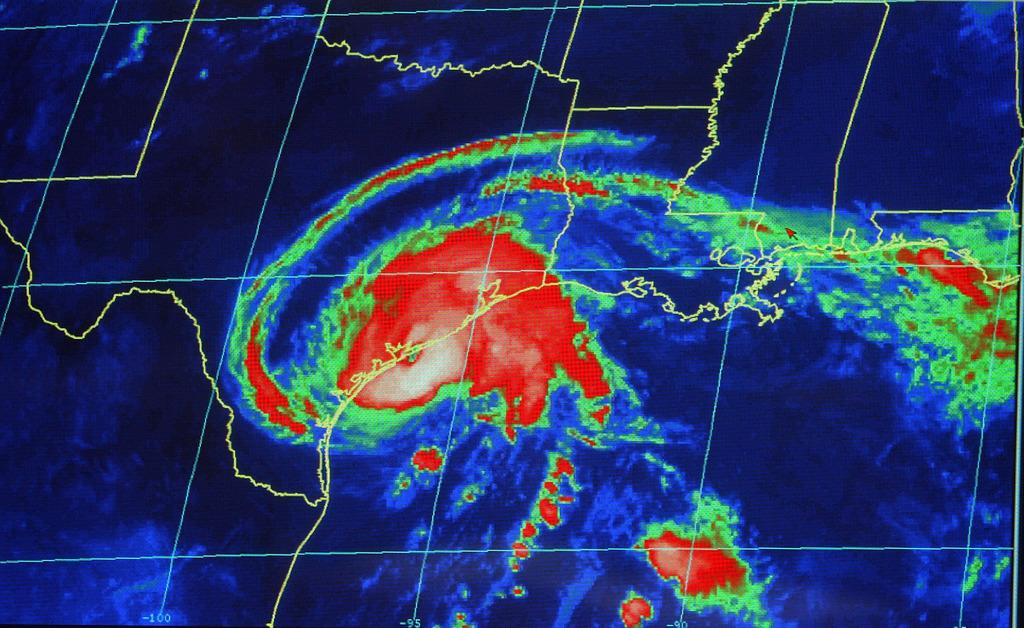Hurricane Facts That Will Mentally Prepare You for This Year’s Season
Published Feb. 20 2023, 9:06 a.m. ET

Hurricane season seems to intensify every year, and according to the science, this may actually be true. Nowadays it feels like we barely have time to get to know a storm before a new one is introduced.
In order to prepare for the more frequent storms, here are some basic facts about hurricanes.
A storm goes through four phases before becoming a hurricane.
According to NASA, a hurricane begins as a tropical disturbance, where storm clouds raise the ocean's water temperature. The next level is called a tropical depression, where the storms within the tropical disturbance pick up speed, and if the wind speed reaches above 39 miles per hour, it becomes a tropical depression. A tropical depression can become a tropical storm if the winds reach 74 miles per hour or above.
There are five categories of hurricanes.
Hurricanes are measured on the Saffir-Simpson Hurricane Wind Scale, which according to the National Oceanic and Atmospheric Administration, (NOAA), is a good estimate of the possible damages.

A category one hurricane is classified as "very dangerous winds [that] will produce some damage." This category of storm has sustained winds of 74 to 95 miles per hour, with possible power outages, and fallen tree branches and minor home damages.
A category two hurricane has "extremely dangerous winds [that] will cause extensive damage," with wind speeds of 96 to 110 miles per hour, with possible major roof damages, power outages that could last for weeks, and uprooted trees.
A category three hurricane is when "devastating damage will occur," with winds from 130 to 156 miles per hour. Even well-structured homes can sustain severe damages, and the area could be left uninhabitable for weeks, or even months. Any storm a category three and beyond is considered "major."
A category four hurricane has winds between 130 and 156 miles per hour, where a category five is anything above 157 miles per hour. In both categories, the NOAA reports that "catastrophic damage will occur."

A hurricane name can be retired if the storm is too deadly or costly.
The National Hurricane Center picks the names for the upcoming hurricanes years in advance, always starting alphabetically. However, they may not be able to use a name as the World Meteorological Organization, (WMO), puts the name in retirement, usually if the storm was so damaging that the name use would be insensitive, per FOX 35 Orlando.

The eye wall is the most dangerous part of the hurricane, whereas the eye is calm.
According to The New York Times, the anatomy of a hurricane involves three parts, the rain bands, the eye wall, and the eye. The rain bands are the spirals that spread away from the center, the eye wall is the ring closest to the eye where the most dangerous winds are found, and the eye is the hole in the center where the winds tend to be the weakest.
Climate change could be making hurricanes stronger and more frequent.
According to The New York Times, because of the increase in ocean surface temperature, the storms are becoming stronger. This means that in the coming hurricane seasons, the likelihood is increasing of storms being category three or higher, which means more damage, more rain, and more volatility for the future. Some scientists even predict storms will not only form more frequently, but more quickly.